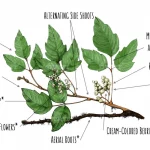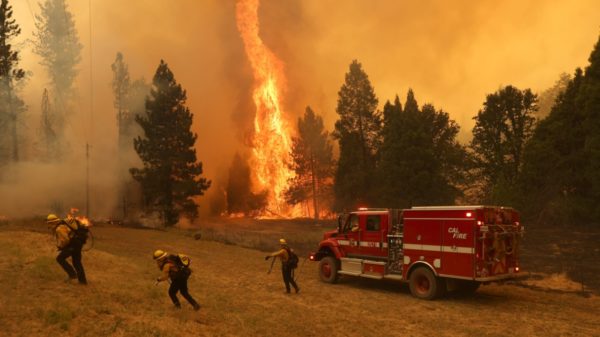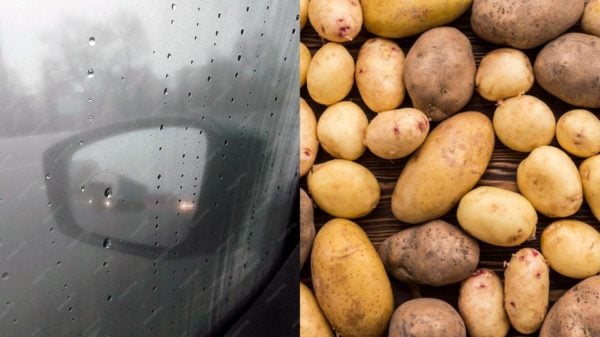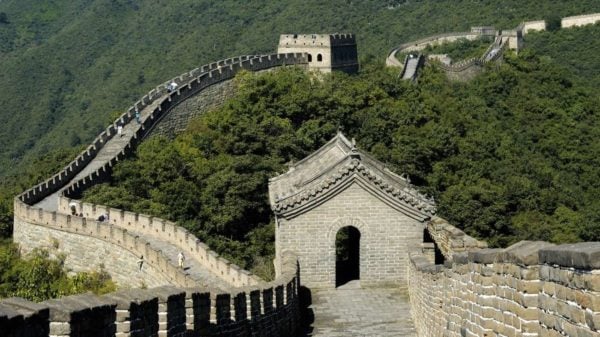The ever-shifting landscape of New Zealand, which sits on the boundary of two tectonic plates, is in a state of perpetual flux. As mountains ascend and descend, rivers are rerouted and intermingled, and occasionally even change their direction of flow.
An unlikely trio of experts, consisting of a biologist, a geologist, and an ecologist, have collaborated to track the movements of both fish and gold in New Zealand’s rivers. Their groundbreaking research has unearthed previously unknown deposits of the precious metal and has drawn international attention for its innovative approach, inspiring similar studies across the globe.
New Zealand’s tumultuous geological landscape has had a significant impact on the native Galaxias fish species, which have been separated into distinct populations due to the diversion of rivers caused by geological shifts over millions of years. These tiny freshwater fish, found throughout the country, have been caught up in the ever-changing tectonic forces that continue to shape New Zealand’s terrain.
The Otago southern province is renowned for its rich gold deposits, which were discovered in the 19th century and attracted a rush of miners to the area. Today, the rivers that flow through the region continue to carry eroded gold particles from the basement schist that forms the bedrock of the landscape. Interestingly, the neighboring Southland also contains significant gold deposits, despite having far less gold-bearing rock.
Geologists speculate that this is due to a massive river system that once carried the precious metal from Otago all the way to Southland.
In the 1990s, two University of Otago colleagues, biologist Jon Waters, and geologist Dave Craw, found a type of Galaxias fish that lived on both sides of the drainage divide separating Otago and Southland.
The scientists quickly realized that they could use the rate of genetic divergence between the two fish populations to determine the date of this reversal.
The team continued to apply their techniques in various locations in Otago, finding numerous places where the fish record is strong and the geology isn’t, and vice versa. By combining the two, they were able to piece together the jigsaw puzzle, eventually calibrating a “geo genomic clock” they could use to answer questions about river capture all over New Zealand and help them identify locations where old, gold-bearing rivers may be concealed.
The clock has already led them to suggest that a prehistoric riverbed, brimming with gold, lies beneath farmland southwest of the modern-day Mataura River. However, the extraction process may be far too costly.
Geologist David Craw notes that there are at least 50 meters of gravel covering the river, requiring an exorbitant amount of diesel to move. Despite this, Craw remains optimistic, citing a nearby gold mine that required a similar amount of gravel to be removed before becoming operational.
“Possibly in around 20 years, they’ll find a way to take the top off,” said Craw.
































